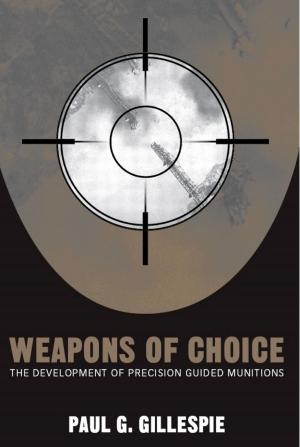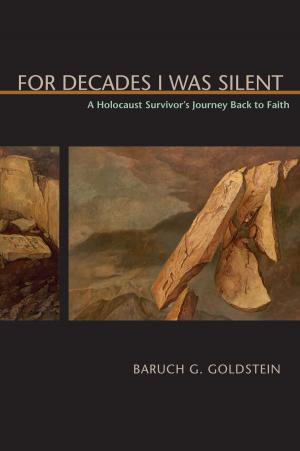The Chattahoochee Chiefdoms
Nonfiction, Social & Cultural Studies, Social Science, Archaeology, Anthropology| Author: | John H. Blitz, Karl G. Lorenz | ISBN: | 9780817384609 |
| Publisher: | University of Alabama Press | Publication: | March 16, 2010 |
| Imprint: | University Alabama Press | Language: | English |
| Author: | John H. Blitz, Karl G. Lorenz |
| ISBN: | 9780817384609 |
| Publisher: | University of Alabama Press |
| Publication: | March 16, 2010 |
| Imprint: | University Alabama Press |
| Language: | English |
An overview and model of complex society in the prehistoric Southeast.
Along the banks of the lower Chattahoochee River, the remains of ancient settlements are abundant, including archaeological sites produced by Native Americans between 900 and 350 years ago, and marked by the presence of large earthen mounds. Like similar monuments elsewhere in the Southeastern United States, the lower Chatta-hoochee River mounds have long attracted the attention of travelers, antiquarians, and archaeologists.
As objects from the mounds were unearthed, occasionally illustrated and discussed in print, attention became focused on the aesthetic qualities of the artifacts, the origins of the remains, and the possible relationship to the Creek Indians. Beginning in the 20th century, new concerns emerged as the developing science of archaeology was introduced to the region. As many of the sites became threatened or destroyed by reservoir construction, trained archaeologists initiated extensive excavations of the mounds. Although classification of artifacts and sites into a chronological progression of cultures was the main objective of this effort, a second concern, sometimes more latent than manifest, was the reconstruction of a past way of life. Archaeologists hoped to achieve a better understanding of the sociopolitical organization of the peoples who built the mounds and of how those organizations changed through time.
Contemporary archaeologists, while in agreement on many aspects of the ancient cultures, debate the causes, forms, and degrees of sociopolitical complexity in the ancient Southeast. Do the mounds mark the capitals of political territories? If so, what was the scale and scope of these ancient “provinces”? What manner of society constructed the mound settlements? What was the sociopolitical organization of these long-dead populations? How can archaeologists answer such queries with the mute and sometimes ordinary materials with which they work: pottery, stone tools, organic residues, and the strata of remnant settlements, buildings, and mounds?
An overview and model of complex society in the prehistoric Southeast.
Along the banks of the lower Chattahoochee River, the remains of ancient settlements are abundant, including archaeological sites produced by Native Americans between 900 and 350 years ago, and marked by the presence of large earthen mounds. Like similar monuments elsewhere in the Southeastern United States, the lower Chatta-hoochee River mounds have long attracted the attention of travelers, antiquarians, and archaeologists.
As objects from the mounds were unearthed, occasionally illustrated and discussed in print, attention became focused on the aesthetic qualities of the artifacts, the origins of the remains, and the possible relationship to the Creek Indians. Beginning in the 20th century, new concerns emerged as the developing science of archaeology was introduced to the region. As many of the sites became threatened or destroyed by reservoir construction, trained archaeologists initiated extensive excavations of the mounds. Although classification of artifacts and sites into a chronological progression of cultures was the main objective of this effort, a second concern, sometimes more latent than manifest, was the reconstruction of a past way of life. Archaeologists hoped to achieve a better understanding of the sociopolitical organization of the peoples who built the mounds and of how those organizations changed through time.
Contemporary archaeologists, while in agreement on many aspects of the ancient cultures, debate the causes, forms, and degrees of sociopolitical complexity in the ancient Southeast. Do the mounds mark the capitals of political territories? If so, what was the scale and scope of these ancient “provinces”? What manner of society constructed the mound settlements? What was the sociopolitical organization of these long-dead populations? How can archaeologists answer such queries with the mute and sometimes ordinary materials with which they work: pottery, stone tools, organic residues, and the strata of remnant settlements, buildings, and mounds?















